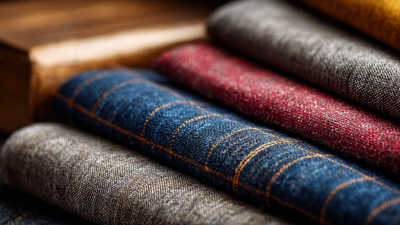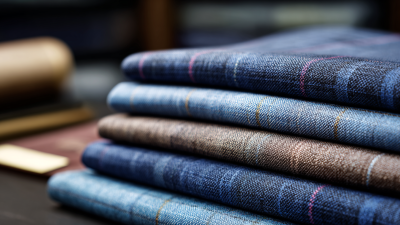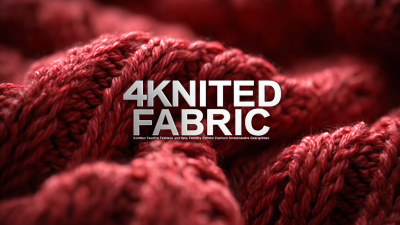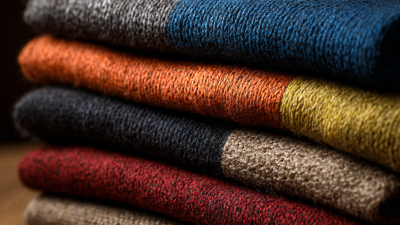Choosing the right thin suit fabric is crucial for achieving a tailored look that is both stylish and comfortable. According to a report by the Textile Intelligence firm, the global demand for lightweight and breathable fabrics has significantly increased, particularly in warmer climates, where a rise of over 15% has been noted in sales of thin suit materials over the last five years. This shift highlights the growing preference among consumers for suits that offer versatility without compromising on style. However, with a plethora of options available, selecting the perfect thin suit fabric can be daunting. Factors such as breathability, stretch, durability, and drape must be carefully considered. By understanding the characteristics of various thin suit fabrics, one can ensure not only a polished appearance but also maximum comfort during wear, an essential attribute for today's modern professional.
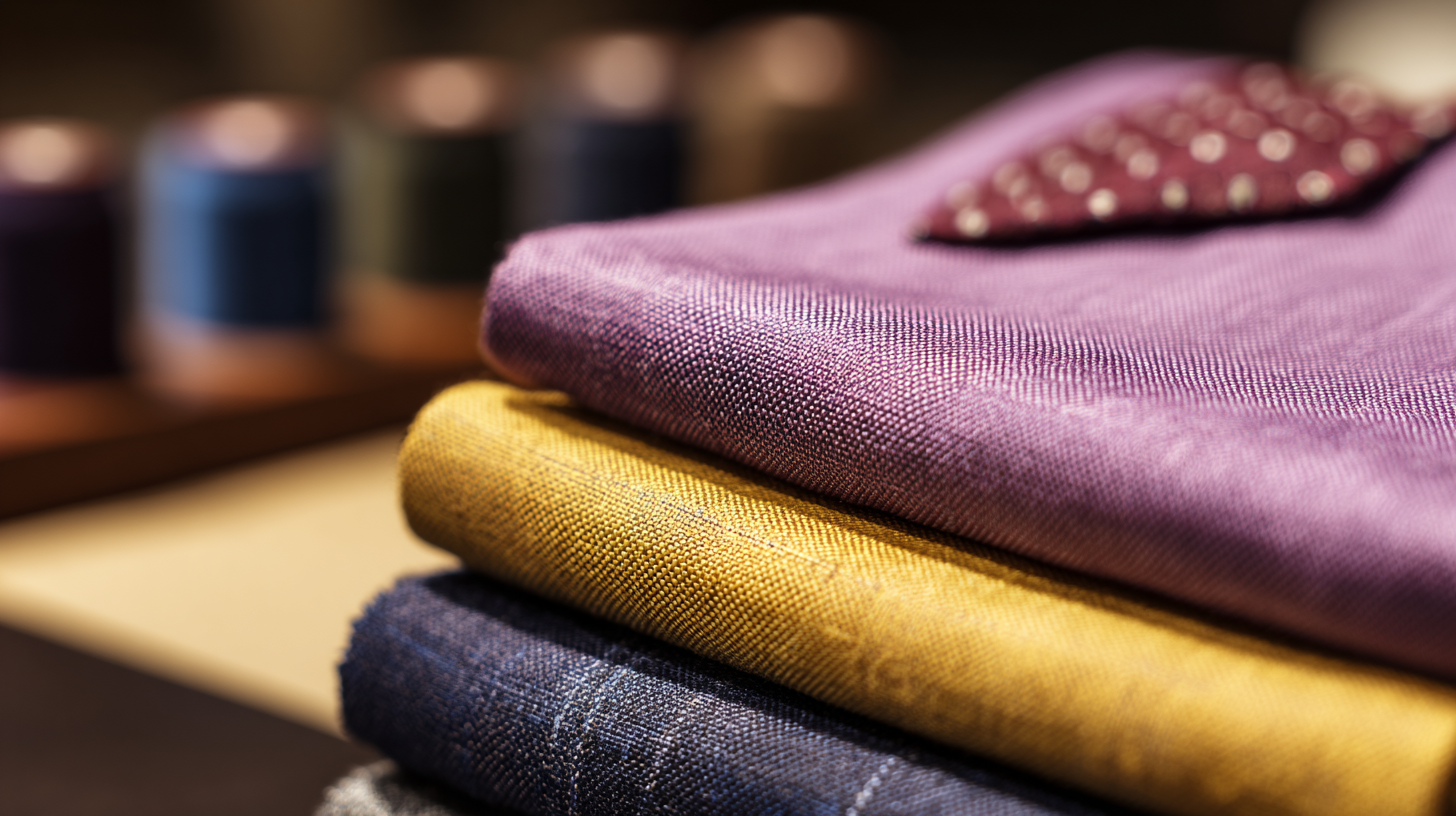
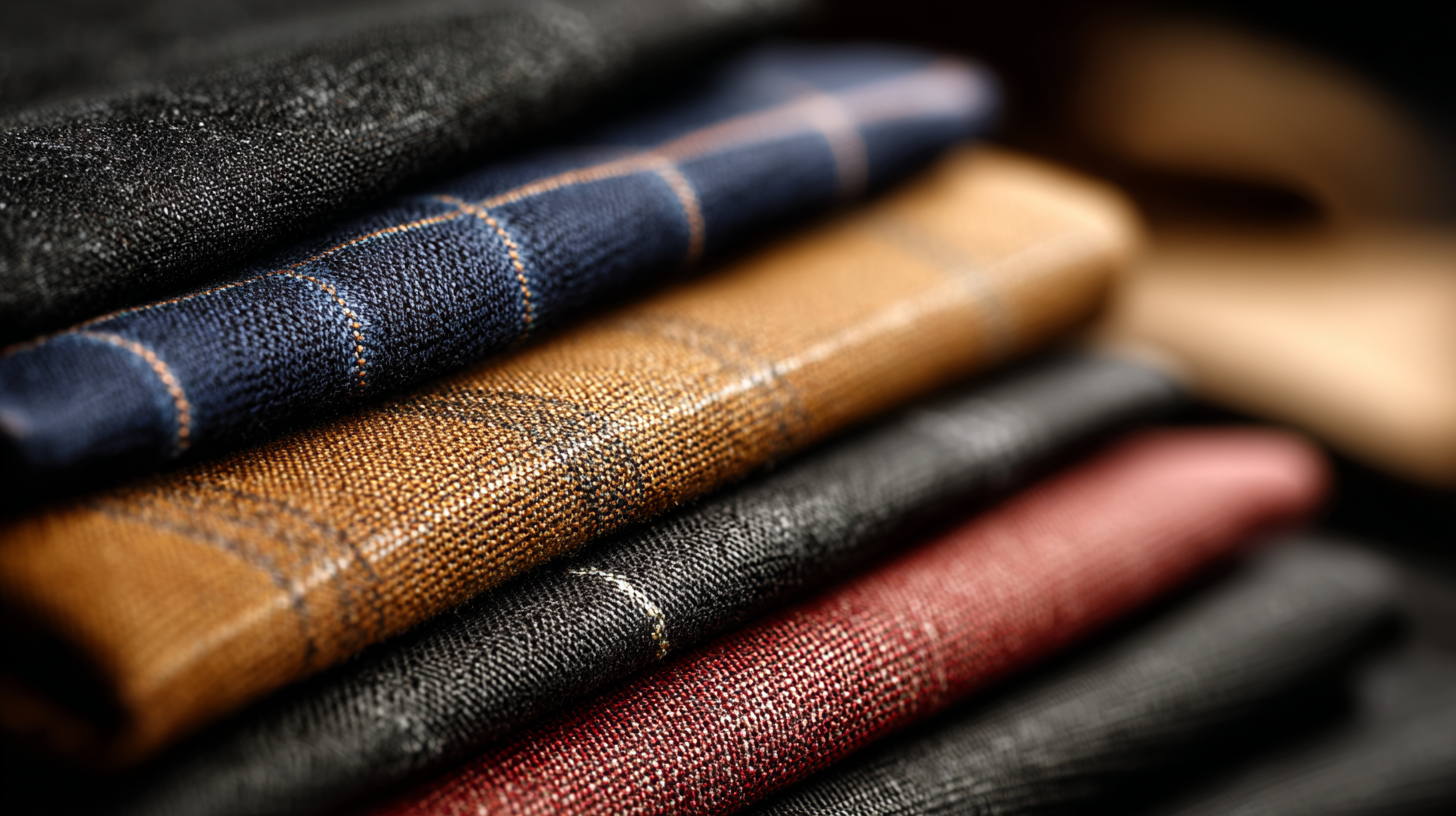 When selecting the perfect thin suit fabric for your tailored outfit, it's essential to understand the different types of fabric available. Wool is a popular choice for its breathability and comfort, making it ideal for various seasons. Lightweight wool, specifically tropical wool, offers a smooth finish and remarkable resilience while maintaining a refined appearance. Alternatively, cotton fabrics provide a more casual yet chic aesthetic, known for their softness and ease of care. However, they may lack the structure that some suits require.
When selecting the perfect thin suit fabric for your tailored outfit, it's essential to understand the different types of fabric available. Wool is a popular choice for its breathability and comfort, making it ideal for various seasons. Lightweight wool, specifically tropical wool, offers a smooth finish and remarkable resilience while maintaining a refined appearance. Alternatively, cotton fabrics provide a more casual yet chic aesthetic, known for their softness and ease of care. However, they may lack the structure that some suits require.
Linen is another viable option, favored for its lightness and relaxed style, perfect for summer events. Although it wrinkles easily, the texture gives a unique, laid-back charm. For an upscale look, silk blends can be considered; they add a luxurious sheen and feel, making the suit stand out. Each fabric has its own pros and cons, so understanding these characteristics can help you choose the ideal fabric for your next tailored ensemble.
When selecting the perfect thin suit fabric, weight and breathability emerge as paramount considerations. According to a report by the Textile World Association, fabrics weighing between 200 to 300 grams per meter are ideal for warmer climates as they provide enough structure without compromising comfort. Lightweight fabrics like poplin and fresco offer a balance of durability and lightness, ensuring the suit remains stylish while keeping the wearer cool.
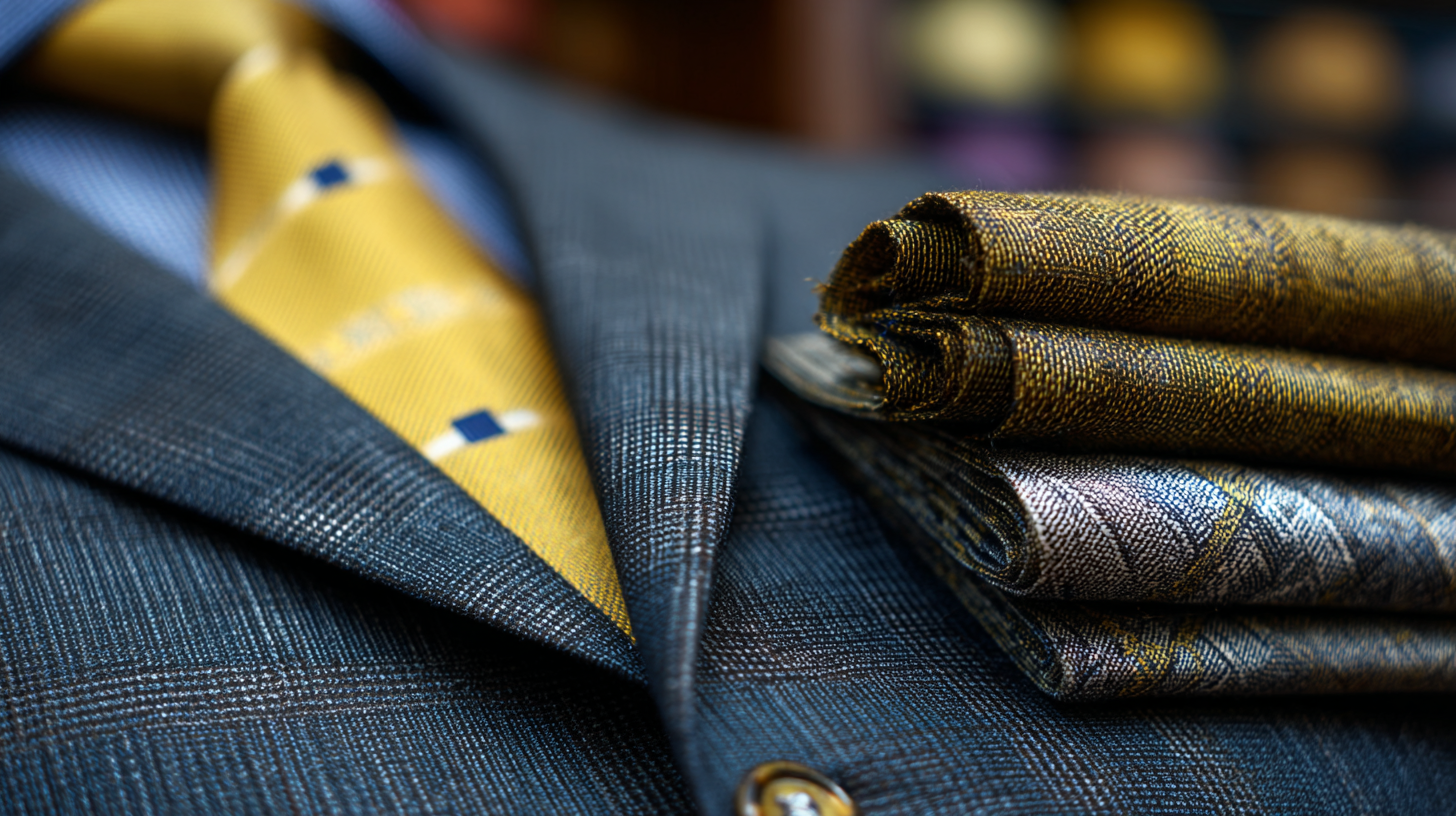
Breathability, quantified by the fabric’s ability to wick moisture and allow air circulation, is equally crucial. The International Journal of Clothing Science and Technology emphasizes that materials such as linen and lightweight wool not only enhance airflow but also have excellent moisture-wicking properties. This prevents overheating during humid months, making these fabrics particularly suitable for outdoor events or business attires often worn in hot weather.
By prioritizing both weight and breathability, one can achieve a tailored look that combines elegance with comfort, ultimately elevating the overall suit-wearing experience.
When selecting the perfect thin suit fabric for your tailored outfit, the visual appeal created by texture and pattern is paramount. Textures like twill, herringbone, and linen weave not only contribute to the suit's overall appearance but also affect its drape and comfort. According to a report by the Textile World, 58% of consumers prefer fabrics with distinctive textures, highlighting the importance of tactile experiences in fashion choices. A fine twill or herringbone can add depth to an otherwise flat fabric, making your suit visually striking while maintaining the lightness suitable for warmer climates.
Patterns further enhance the visual appeal of thin suit fabrics. Bold checks and subtle pinstripes can serve to express personality while also adhering to the professional standards of formal attire. The Fabriclore 2023 report indicates that patterned fabrics have seen a 30% increase in demand due, in part, to the growing trend toward personalization in menswear. Incorporating patterns requires a keen understanding of how they interact with the wearer’s physique; appropriate scaling is essential to ensure a flattering effect. Balancing texture and pattern thoughtfully will elevate your tailored outfit, ensuring it captures attention for all the right reasons.
| Fabric Type | Weight (grams/m²) | Texture | Common Patterns | Best Season |
|---|---|---|---|---|
| Wool | 250 | Smooth | Pinstripe, Houndstooth | Fall/Winter |
| Cotton | 200 | Soft | Checks, Stripes | Spring/Summer |
| Linen | 180 | Textured | Solid, Plaid | Summer |
| Silk | 120 | Glossy | Jacquard, Floral | All Seasons |
| Polyester | 240 | Sleek | Solid, Subtle Patterns | All Seasons |
When selecting the perfect thin suit fabric for your tailored outfit, assessing durability and care is crucial to ensuring longevity. According to the "Textile and Apparel Industry Report 2022," nearly 60% of consumers prefer fabrics that provide both comfort and durability, indicating a significant trend towards long-lasting materials in tailored clothing. When you choose a fabric such as high-twist wool or a blend that incorporates synthetic fibers, you can usually expect enhanced resilience against wear and tear, which is essential for maintaining the suit's appearance over time.
**Tips:** Opt for fabrics treated with stain-repellent finishes or those that have natural resistance to wrinkles and creasing. This not only enhances the suit's durability but also reduces maintenance time, making it easier to care for your tailored piece. Additionally, fabrics like merino wool, known for their excellent wearability and moisture-wicking properties, are ideal as they allow the suit to breathe while offering a polished look.
Regular maintenance is equally vital. The "Care Guidelines for Tailored Clothing" suggest that proper storage and occasional professional cleaning can extend the life of your suit significantly. Avoid hanging your suit on the same hanger for extended periods, as this can distort its shape. Instead, invest in padded hangers and allow the fabric to regain its form after wearing. By focusing on durability and care, you can ensure your tailored outfit remains stylish and functional for years to come.
Choosing the right color for your thin suit fabric is crucial, as it can significantly influence your overall appearance and the impression you leave on others. When selecting a color, consider the occasion first. For formal events, classic colors such as navy, charcoal, and black are timeless choices that exude sophistication. On the other hand, if you’re aiming for a more casual or creative setting, experimenting with lighter shades like pastel blue or muted earth tones can help you stand out while still looking polished.
Tips for matching fabric to your personal style include assessing your existing wardrobe and personal palette. If most of your attire consists of cooler tones, opt for a fabric color that complements those shades. Additionally, consider the fabric texture; for example, a glossy fabric in a bold color can elevate a simple design, making it suitable for evening events, while matte finishes in softer hues work well for daytime gatherings.
Lastly, don’t shy away from prints! Subtle patterns, like pinstripes or checks, can add a unique flair to your suit without overwhelming your look. Just ensure that the pattern aligns with the tone of the occasion and reflects your personality, creating a harmonious balance between style and sophistication.
